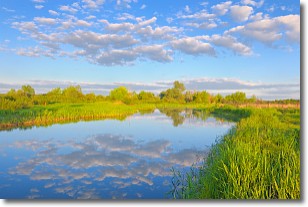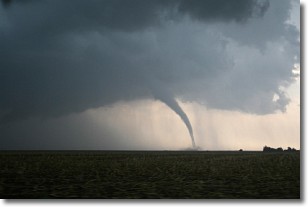Weather Alert in Arkansas
Flood Advisory issued June 5 at 2:25AM CDT until June 14 at 1:00PM CDT by NWS Jackson MS
AREAS AFFECTED: Chicot, AR; East Carroll, LA; Issaquena, MS; Washington, MS
DESCRIPTION: ...The Flood Advisory continues for the following rivers in Arkansas...Mississippi...Louisiana... Mississippi River Near Greenville affecting Issaquena, Washington, and Chicot Counties and East Carroll Parish. Mississippi River At Natchez affecting Wilkinson and Adams Counties and Concordia Parish. Mississippi River At Vicksburg affecting Jefferson, Warren, and Claiborne Counties and Madison and Tensas Parishes. * WHAT...Flooding caused by excessive rainfall continues. * WHERE...Mississippi River near Greenville. * WHEN...Until Saturday, June 14. * ADDITIONAL DETAILS... - At 2:00 AM CDT Thursday the stage was 38.2 feet and slowly falling. - Forecast...The river is expected to fall below 38 feet this weekend. - Action stage is 36 feet. - Flood stage is 48 feet.
INSTRUCTION: If you encounter a flooded roadway, turn around and find an alternative route. Additional information is available at www.water.noaa.gov/wfo/jan The next statement will be issued this afternoon at 230 PM CDT.
Want more detail? Get the Complete 7 Day and Night Detailed Forecast!
Current U.S. National Radar--Current
The Current National Weather Radar is shown below with a UTC Time (subtract 5 hours from UTC to get Eastern Time).

National Weather Forecast--Current
The Current National Weather Forecast and National Weather Map are shown below.

National Weather Forecast for Tomorrow
Tomorrow National Weather Forecast and Tomorrow National Weather Map are show below.

North America Water Vapor (Moisture)
This map shows recent moisture content over North America. Bright and colored areas show high moisture (ie, clouds); brown indicates very little moisture present; black indicates no moisture.

Weather Topic: What are Stratocumulus Clouds?
Home - Education - Cloud Types - Stratocumulus Clouds
 Next Topic: Stratus Clouds
Next Topic: Stratus Clouds
Stratocumulus clouds are similar to altocumulus clouds in their
fluffy appearance, but have a slightly darker shade due to their additional mass.
A good way to distinguish the two cloud types is to hold your hand out and measure
the size of an individual cloud; if it is the size of your thumb it is generally
an altocumulus cloud, if it is the size of your hand it is generally a
stratocumulus cloud.
It is uncommon for stratocumulus clouds to produce precipitation, but if they do
it is usually a light rain or snow.
Next Topic: Stratus Clouds
Weather Topic: What are Wall Clouds?
Home - Education - Cloud Types - Wall Clouds
 Next Topic: Altocumulus Clouds
Next Topic: Altocumulus Clouds
A wall cloud forms underneath the base of a cumulonimbus cloud,
and can be a hotbed for deadly tornadoes.
Wall clouds are formed by air flowing into the cumulonimbus clouds, which can
result in the wall cloud descending from the base of the cumulonimbus cloud, or
rising fractus clouds which join to the base of the storm cloud as the wall cloud
takes shape.
Wall clouds can be very large, and in the Northern Hemisphere they generally
form at the southern edge of cumulonimbus clouds.
Next Topic: Altocumulus Clouds
Current conditions powered by WeatherAPI.com




